Pine boards refer to a type of lumber made from pine trees. Pine is a softwood that is commonly used in construction and woodworking projects due to its affordability, availability, and ease of working with. Pine boards are typically cut into rectangular planks with various dimensions and thicknesses.
Tips for selecting pine boards
Firstly, it is important to consider the specific dimensions required for the project. For instance, if a wider board is needed, a 1 x 12 pine board may be chosen, while a narrower option could be a 1 x 10 pine board. Ensuring that the thickness and width of the board align with the project requirements is crucial. Additionally, individuals should carefully inspect the quality of the pine wood boards. It is better to look for any defects, such as knots or cracks, as these can impact the strength and appearance of the final product. While knots can add character to the pine wood, it is important to note that excessive or loose knots may weaken the board. Similarly, cracks can compromise the integrity of the board and should be avoided.
Considering the grade of the pine board is also essential. Clear pine boards have fewer knots and offer a more uniform appearance, making them suitable for projects that require a smooth and consistent finish. On the other hand, knotty pine boards possess more knots and provide a rustic charm, which may be appealing for certain applications. When it comes to cutting pine board, using the appropriate tools and techniques is crucial. It is important to have a sharp saw that is suitable for the task at hand. Carefully measuring and marking the board before making any cuts ensures accuracy. Additionally, making test cuts on scrap pieces of wood can help individuals achieve the desired outcome before cutting into the actual pine board. Lastly, individuals should consider the treatment and finishing options for their pine boards. Pine is known for its ability to absorb stains and finishes effectively. If a specific color or finish is desired, it is better to test it on a small section of the board beforehand to ensure the desired result is achieved.
Maintenance of pine boards
Firstly, it is important for individuals to keep their pine boards clean. Regularly dusting the boards with a soft cloth or using a vacuum cleaner with a brush attachment can help remove any dirt or debris that may accumulate over time. Do not use harsh chemicals that can damage the wood's surface. Pine boards should also be protected from excessive moisture. Pine is a softwood that is prone to warping and rotting when exposed to moisture for prolonged periods. In order to avoid this, it is advantageous to ensure that the boards are kept in locations that have low humidity and are not directly exposed to water. Using a sealant or finish specifically designed for pine can provide an additional layer of protection against moisture.
In terms of preventing damage from scratches or dents, it is useful to use protective pads or coasters under objects placed on the pine boards. This helps distribute the weight and reduces the risk of indentations. Additionally, avoiding dragging heavy objects across the boards can help prevent scratches. Regular inspections of the pine boards are essential to identify any signs of damage or wear as well.

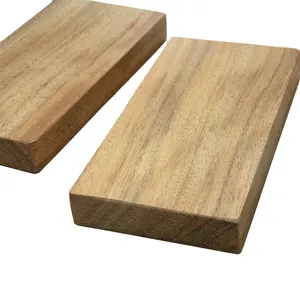
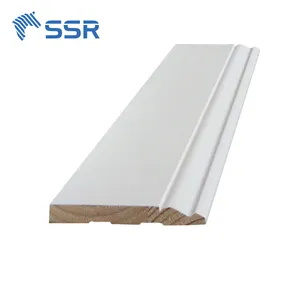

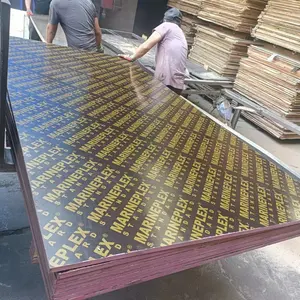

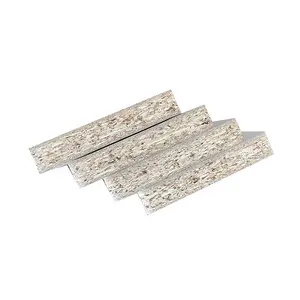




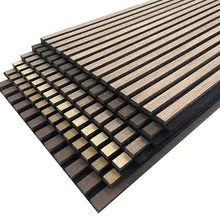





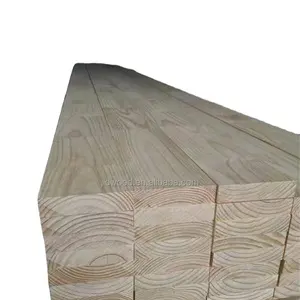

























 浙公网安备 33010002000092号
浙公网安备 33010002000092号 浙B2-20120091-4
浙B2-20120091-4